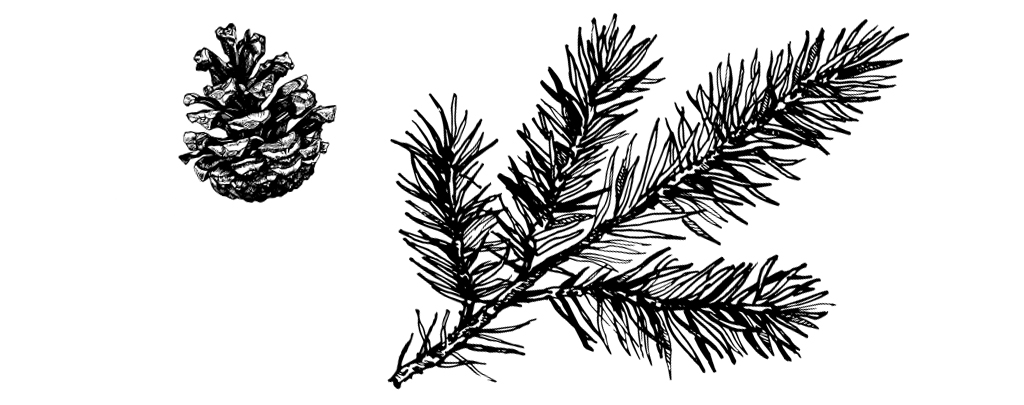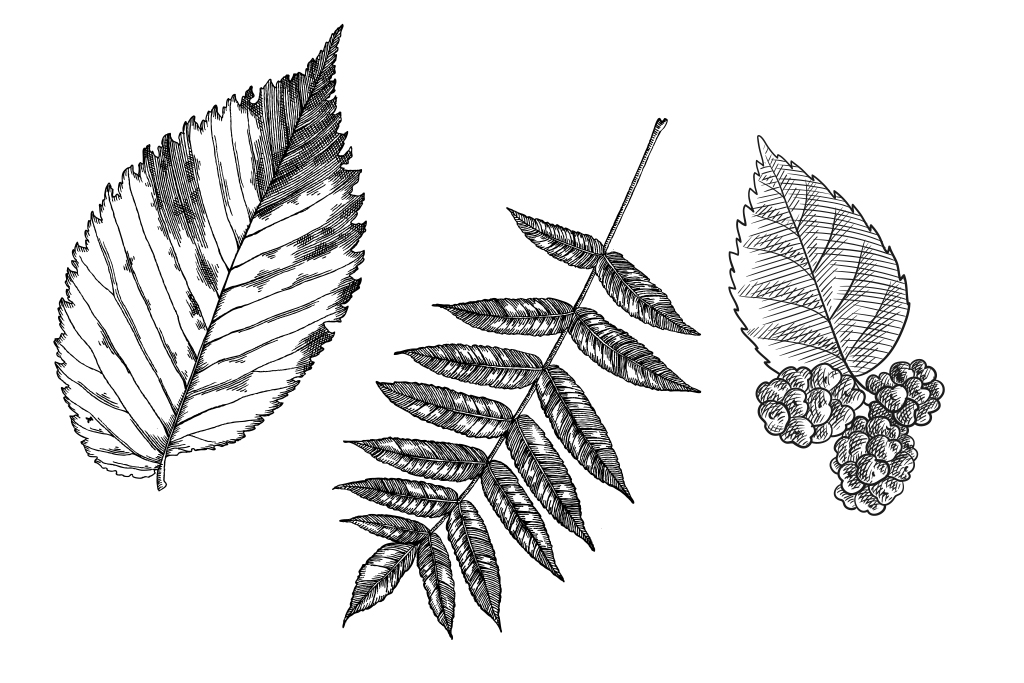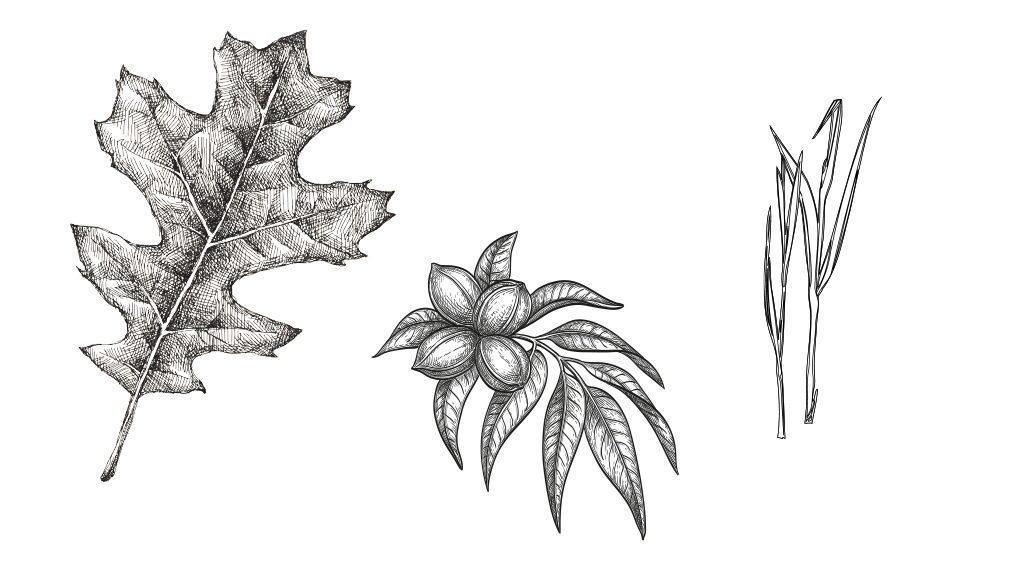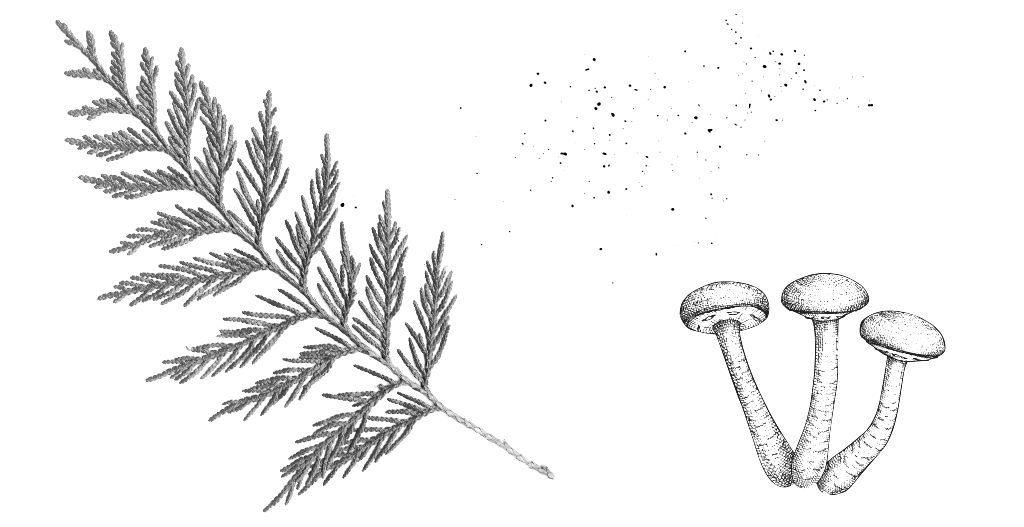A Texan’s Year-Round Allergy Season Calendar
Growing up on the East Coast, I never experienced allergies. Sometimes in the spring, some of my friends would complain of headaches, runny noses, or compulsive sneezing. I thought allergies were anomalous — the plight of a handful of unlucky souls whose immune systems were a little too sensitive to whatever gobbledygook happened to be floating around in the air during the prettiest season of the year.
Then I moved to Texas.
My allergies didn’t start right away. For the first few years, I didn’t take much notice in news reports about ragweed and daily pollen counts. Then, early one spring, I felt sluggish, heavy-headed, and sniffly. It couldn’t be! It was. Allergies. I soon learned that the Lone Star State doesn’t just have a heat advisory index — it also has an allergy risk scale.
This experience is familiar to many people who move to Texas. The fact is that Texas is one of the worst states in the country for allergies. San Antonio, Dallas, Austin, and Waco all rank among the worst cities for allergies in the country. The worst part is that there isn’t really an allergy season in Texas. Instead, the climate cycles and weather patterns produce a variety of allergens that manage to irritate Texan sinuses all year long.
But why? What is it that makes Texas such an allergy-rich state?
Why Are Allergies So Bad in Texas?
In most parts of the country, the allergy season is limited to the spring, when pollinating plants release the microscopic pollen dust that irritates sinuses and turns eyes watery and red. But once the spring turns to summer, and the pollination season is over, the allergens largely disappear. Not so in Texas.
As it turns out, one of the big reasons why allergies are so bad in Texas is the heat. But it’s not those blistering summer days that are to blame. Rather, the state’s relatively mild winters create the perfect environment for year-round allergens. Texas’ mild winters allow for year-round plant growth, which means plants can pollinate throughout the year. While other parts of the U.S. are experiencing frigid temperatures that turn vegetation dormant, some Texas plants are undergoing another season of pollination. In fact, winter is one of the worst times of the year for allergies in Texas.
Texas’ Allergy Season Calendar

November to February: Mountain Cedar
This allergen is particularly acute in Central Texas, where mountain cedar is plentiful. Additionally, since the pollen is small, light, and can travel hundreds of miles, it’s difficult to avoid.
Symptoms: The pollen from these common trees can lead to itchy, watery eyes or a runny or stuffy nose and sneezing.

January to May: Elm, Ash, and Mulberry
Right as the mountain cedar season is wrapping up, Texans get hit with a trio of new allergens: elm, ash, and mulberry.
Symptoms: These three trees produce pollen that can lead to sneezing, wheezing, and asthma-like symptoms.

March to May: Oak, Pecan, and Grasses
Springtime adds oak and pecan tree pollen to the mix, as well as pollen from grasses, such as Bermuda, Johnson, and Kentucky bluegrass. Because grasses are so plentiful, this can be a particularly irritating time of year for anyone sensitive to grass.
Symptoms: In addition to the typical runny nose and watery eyes, grass allergies can lead to a sore throat and asthma-like symptoms.
June and July: A Brief Respite
The summer months offer a trade-off: blazing heat for allergy relief. By June and July, the most common sources of allergies have stopped producing pollen, and pollen counts drop.

August to November: Ragweed
In August, a new and notorious allergy culprit arrives on the scene: ragweed. Ragweed is a soft-stemmed, flowering weed that is populous in the tropical and subtropical regions of the Americas. It is particularly plentiful in the southwestern U.S. Other prevalent allergens this time of year include dust mites and mold spores — but those are also present year-round.
Symptoms: Ragweed season brings with it runny noses, sneezing, itchy eyes, and — at its worst — asthma flares.
By the time the ragweed season begins to taper off in November, it’s time for the mountain cedar to come back into bloom, and the Texas allergy season calendar restarts its ruthless cycle.
How to Avoid the Worst Allergy Symptoms
Thankfully, if you suffer from allergies, you can do more than grit your teeth and bear it. There are plenty of simple measures you can take to relieve symptoms. These include:
- Frequently cleaning your home — particularly carpets, which can capture pollen.
- Keeping your pets clean, especially if they spend a lot of time outdoors.
- Taking allergy medications as recommended by your doctor.
- Flushing your nasal cavities with warm water to help clear out any lingering pollen irritants.
- Planting low-pollen grasses, such as Bermuda hybrids, St. Augustine, or Buffalo grass.
No matter the time of year, you can also try turning to local honey to relieve allergy symptoms.
© 2021 Texas Farm Bureau Insurance



